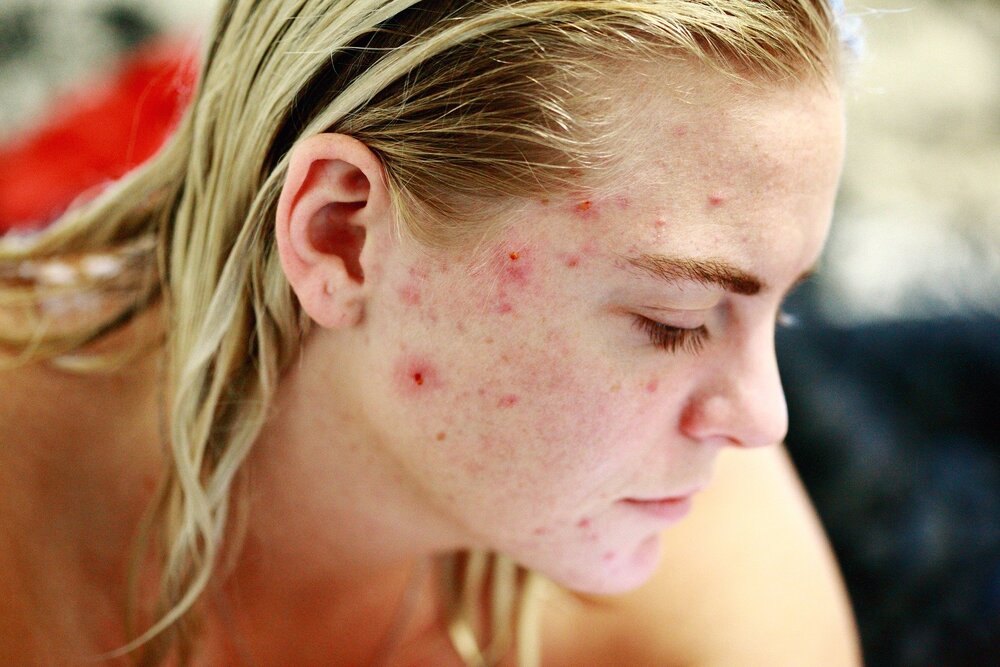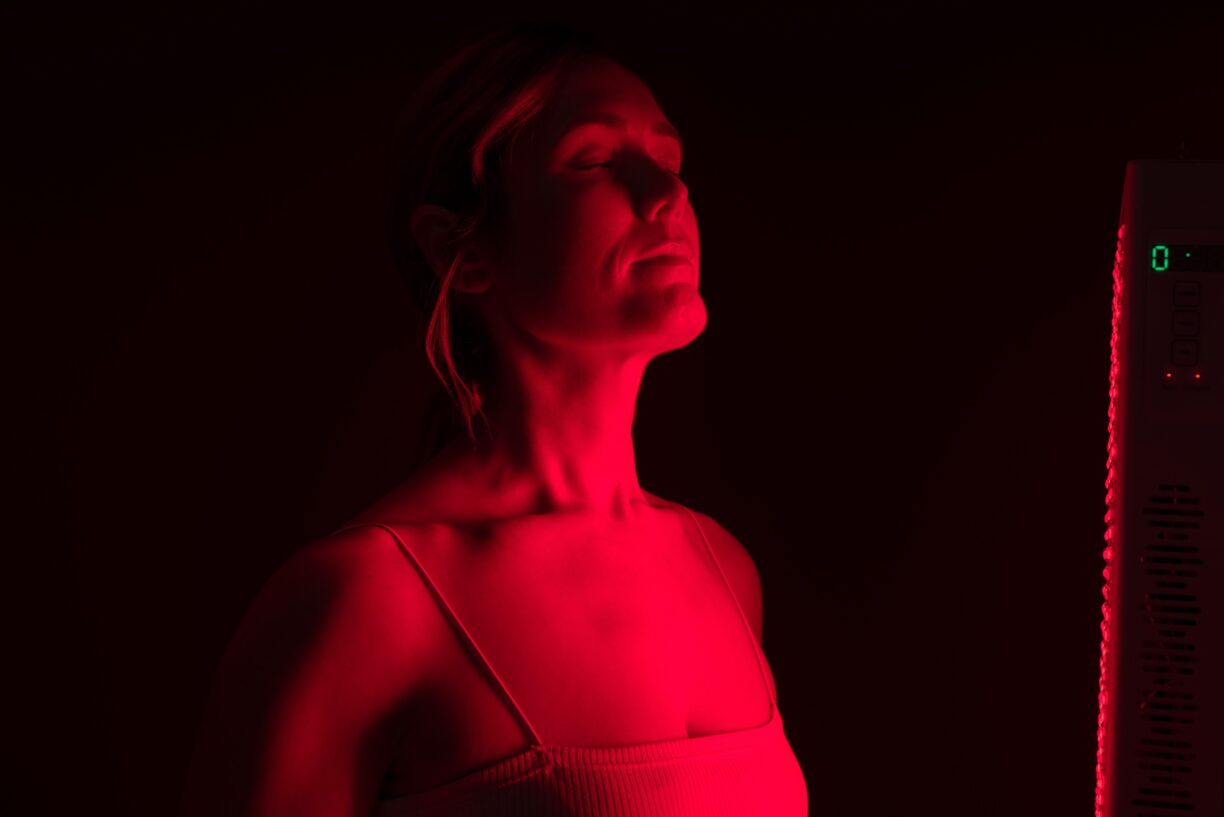Acne affects almost everyone in the UK at some stage in their life, and it’s estimated that around 95% of us will suffer with the skin condition between the ages of 11 and 30.
So, as part of Acne Awareness Month, Dr Firas Al-Niaimi, an expert dermatologist for the UK’s leading group of skin clinics, sk:n, explains the different types of acne, the key causes and the treatments available to help it.
What is acne?
Acne is a skin condition that stems from the pilosebaceous gland. This is the oil gland that is attached to a hair follicle and appears at the opening in the skin.
When the sebaceous gland is overactive or there is an overgrowth of one commensal type of bacteria, it can lead to inflammation and blockage of pores due to an increase in cell turnover which in turn results in the clinical manifestations of acne.
What causes acne?
There is no one single cause of acne and as explained above it involves several factors. In some cases, hormones can be the root of the cause by triggering the sebaceous glands to be more active than usual.
However, there are a number of triggers that can cause this to happen and very much depend on each individual.
Diet: A high intake of milk and dairy, or an increase in calories, can encourage certain growth hormones to stimulate the grease gland to become more active which will then in turn cause acne to form.
Try to avoid ‘binge’ eating high-calorie foods and reduce your dairy intake or consider switching to non-dairy alternatives such as almond and soy products.
A poor diet can also cause low-level gut inflammation which leads to a build of toxins that can worsen the skin and in particular acne.
Therefore, maintaining a healthy gut that is free from toxins and introducing foods that are rich in fibres and Omega-3 will help and be beneficial for not just the gut but also the skin.
Hormones: These can trigger the grease gland to overproduce and increase the cell turnover at the pore openings leading to clogging which typically presents with white and blackheads.
In women, this will often happen in the days building up to your period. A helpful tip to manage this is to consider using a cleanser twice daily that contains Salicylic Acid (BHA) as this will help to ensure the removal of grease on the skin surface and clear the blocked pores.
Overactive grease gland: In some cases, people just have an overactive grease glad. When combined with the presence of bacteria, acne will appear.
Using skincare for grease-prone skin and maintaining a healthy diet will help to minimise the over-production of grease and oil.
Bad habits: A habit that is particularly bad for our skin is touching and picking spots. By tampering with the skin, we are allowing more bacteria, dirt and oil to make its way into the pore and effectively making it worse than it was before.
What’s more, by doing this it can lead to permanent scarring on the skin’s surface which is even more challenging than acne to get rid of.
What are the different types of acne and how can they be managed?
Acne can occur on various parts of the body including the back, chest and face. It also appears in numerous different forms.
Blackheads: these are small black or yellow bumps that develop on the surface of the skin. Contrary to what many people think, these aren’t filled with dirt, but are black because the inner lining of the hair follicle has produced this colour.
Whiteheads: they can have a similar appearance to blackheads but instead may be firmer and will not empty if squeezed.
Papules: these appear as small red bumps that can often feel tender and sore.
Pustules: often confused with papules as they are similar, however their difference is that they form a white tip in the centre that is caused by a build-up of pus.
Nodules: large hard lumps that have built up beneath the surface of the skin and can often become quite painful.
Cysts: this is the most severe type of spot caused by acne. They’re appearance is large pus-filled lumps that look similar to boils and can carry the greatest risk of causing permanent scarring.
Managing your acne will very much depend on not just the type but also the size of the spot and the surface of skin it is covering which will determine whether it is mild, moderate or severe.
Mild acne: This includes mostly small areas of black and white heads, as well as a very small number of papules and pustules.
The main indication that you have mild acne will be that it covers only a very small area on the surface of the skin.
A cleanser that contains glycolic or salicylic acid to keep the pores open and break down the oil is a must and may be all that is required.
Topical nicotinamide (also called niacinamide) cream can be very helpful in addition. Chemical peels or HydraFacial are very effective maintenance treatments.
Moderate acne: Similar to mild acne, it includes blackheads, whiteheads, papules and pustules, but with moderate acne, it also covers a greater area of the skin.
Moderate acne will require treatments such as tablets, prescriptive creams, chemical peels or in some cases, lasers. Typically, cases of moderate acne require dermatology diagnosis and treatment.
Severe acne: This is when papules, pustules, nodules and cysts will appear a lot larger, more painful and will cover the skin on a larger scale.
It is recommended to seek advice from a dermatologist as severe acne requires treatment with prescriptions.
Acne is a complex skin condition and varies greatly from person to person. I would always recommend seeking advice from a professional dermatologist to review your individual case, causes and best treatments to achieve the best results.





